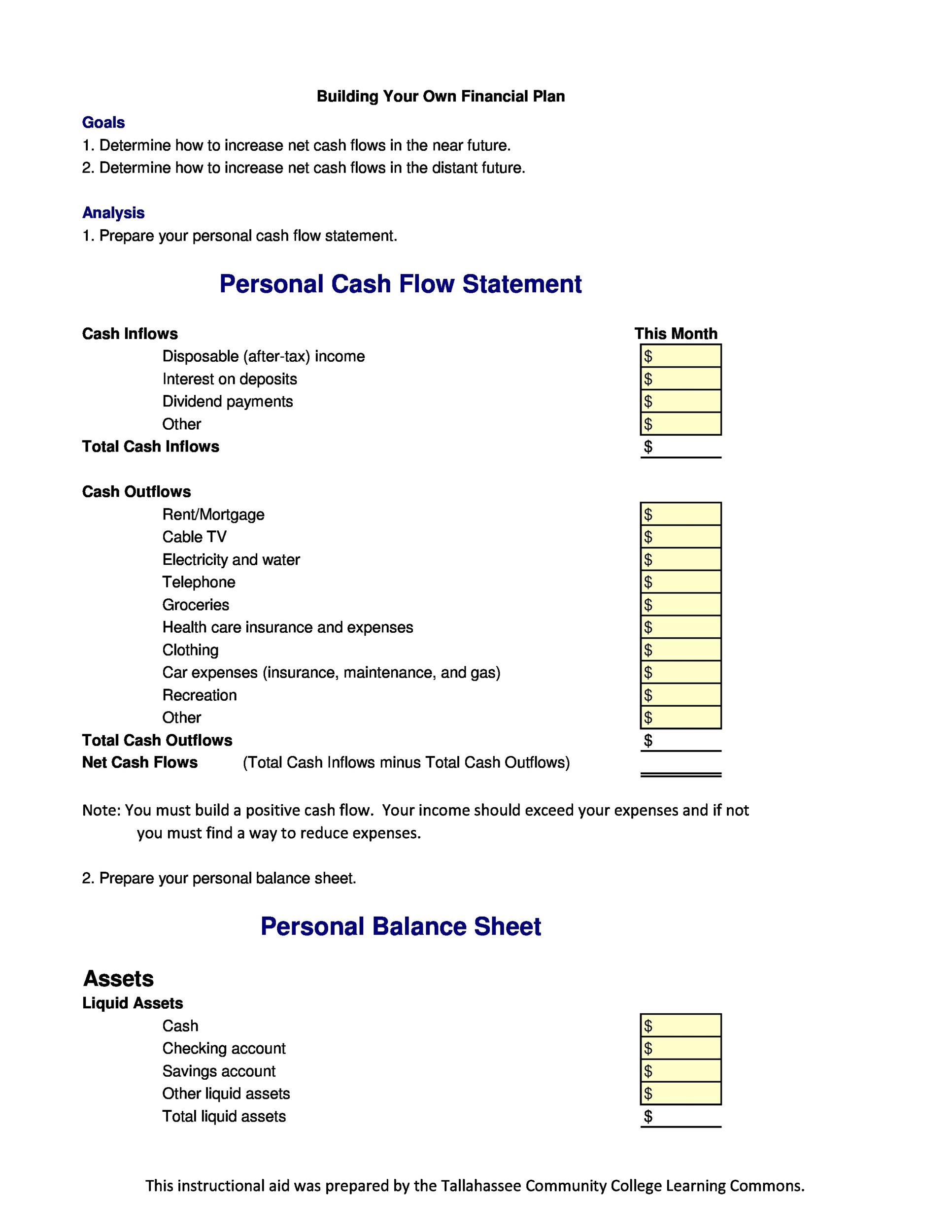
There are three cash flow statements that can help a lending organization get a good picture of your finances and cash flow which will help them process your loan application. Often, a business owner will create a statement of cash flow in response to a need for financing, new working capital, acquiring or partnering with a business or selling the business. Why should I create a statement of cash flows for my business? This is usually done monthly, quarterly and/or annually depending on how the owner wants their books done. It also includes all cash outflows that pay for business activities and investments during a given period.

This includes all cash inflows a company receives from its ongoing operations and external investment sources. Select the Custom Cash Statement from the Report list, select Total Cash from the Row list, and click Save.Ĭash at Beginning of Period now includes expense accounts added to the Expense Section.A cash flow statement is a financial statement that summarizes the amount of cash flowing into and out of a company. On the Financial Report Builder Edit Layout page, select the Cash at Beginning of Period row. Go to Reports > Saved Reports > Custom Cash Flow Statement > Customize.

Set the Custom Cash Flow Statement's Cash at Beginning of Period Row to reference the new Custom Cash Statement. In the popup, choose Use Existing Shared Section, for Section Name/ID enter Expense Section, and click OK.įor Header Label enter Expense, and for Child Of enter Cash Accounts. In the Layout section, select the row directly below the Cash Accounts. On the Financial Report Builder Edit Layout page, set the Name to Custom Cash Statement. Go to Reports > Banking/Budgeting > Cash Statement > Customize Summary. Select Account Name from the Filter list, choose Amortization Expense, select a blank from the And/Or list, and click Add.Ĭustomize the Cash Statement to add an Expense section. Select Account Name from the Filter list, choose Depreciation Expense, select Or from the And/Or list, and click Add. On the Section subtab, click Share Section.įor the Section Name/ID, enter Expense Section. Set Header Label to be Expense, Child Of to be Adjustments to Net Income, and Display to be Can not Expand. In the popup, choose Create New Section, and click OK. In the Layout section, expand the Adjustments to Net Income item, and select the row directly below it.įrom the Add Row/Section list, select Add Financial Section. On the Financial Report Builder Edit Layout page, set the Name to Custom Cash Flow Statement. Go to Reports > Financial > Cash Flow Statement and click Customize after the report loads. This example provides steps for customizing the Cash Flow Statement to reflect non-cash additions and deductions to Net Income, such as depreciation and amortization.Ĭustomize the Cash Flow Statement to add an Expense section. Example Cash Flow Statement Customization
CASH FLOW STATEMENT ACCOUNTS HOW TO
See the following example to get a better understanding of how to match up Cash Flow Statement and Cash Statement section customizations, to maintain an accurate value for the Cash at Beginning of Period row.įor information about the permissions required to view and customize financial statements, see Permissions and Roles. To avoid this issue you must create a custom Cash Statement that shares the Cash Flow Statement's added/changed sections, and define this custom Cash Statement as the reference report for your custom Cash Flow Statement's Cash at Beginning Period row. Consequently, if you create a custom Cash Flow Statement that includes changes to standard account sections, it is likely to have an incorrect value for Cash at Beginning of Period because the Total Cash value referenced from the Cash Statement does not include the added/changed sections.

The standard Cash Flow Statement's Cash at Beginning of Period row references the Total Cash row in the standard Cash Statement.


 0 kommentar(er)
0 kommentar(er)
